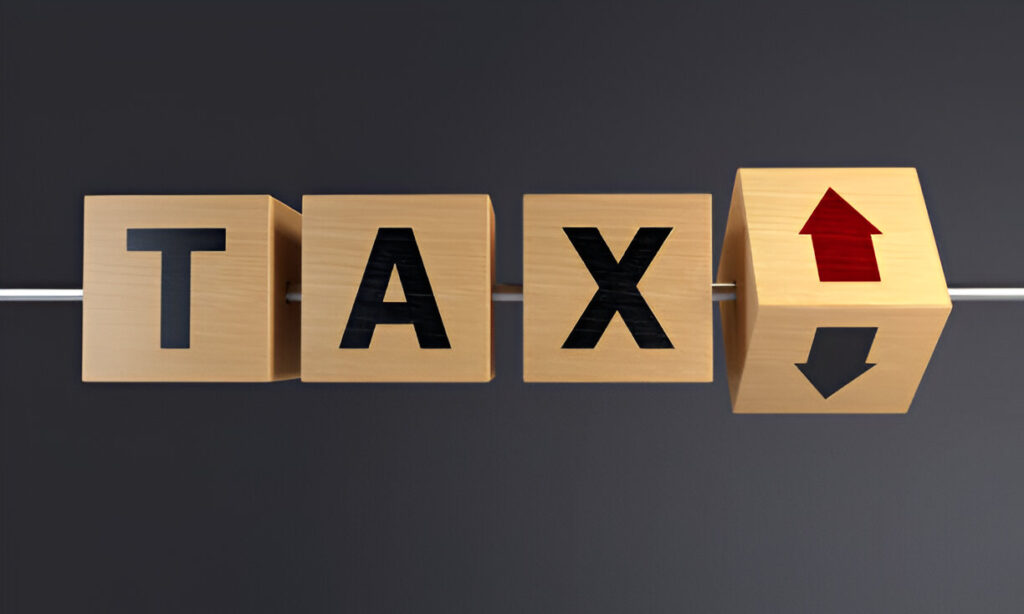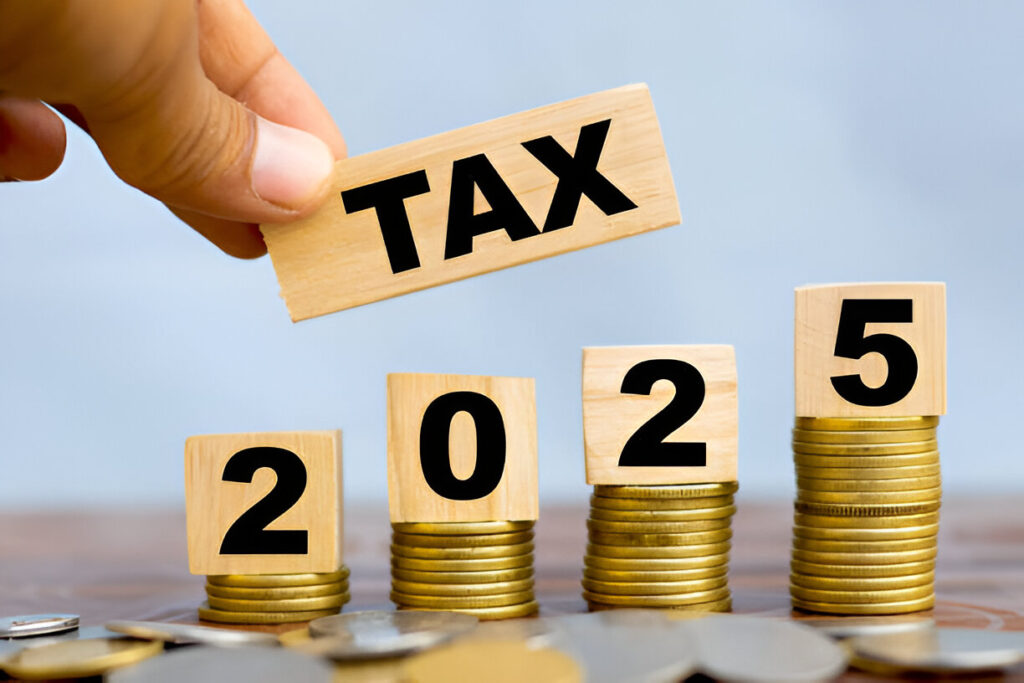Why Tax Preparation in India Matters






Every year, as the financial year comes to a close on 31st March, millions of Indians—salaried employees, business owners, freelancers, and investors—begin their annual ritual of tax preparation. The process is often seen as stressful, filled with jargon, endless forms, and fear of missing deadlines. But when understood properly, tax preparation is not just about compliance—it is about financial planning, saving money legally, and securing your future.
In India, income tax is governed by the Income Tax Act, 1961, and preparation requires a mix of organization, awareness of laws, and smart use of deductions and exemptions. Whether you are a first-time taxpayer or an experienced professional, learning how to prepare for tax is essential to avoid penalties and maximize benefits.
This article will guide you step by step through tax preparation in India, from understanding basic rules to filing returns, using real-life examples and practical advice.
Step 1: Understanding the Basics of Income Tax in India

Before preparation, one must understand what income tax is and how it applies.
- What is Income Tax?
Income tax is a direct tax levied by the Government of India on the income of individuals, Hindu Undivided Families (HUFs), firms, LLPs, and companies. - Types of Taxpayers in India
- Individuals (salaried, freelancers, professionals).
- Hindu Undivided Families (HUF).
- Firms and LLPs.
- Companies (domestic & foreign).
- Non-residents with income earned in India.
- Tax Regimes
Since Budget 2020, taxpayers can choose between:- Old Regime – with deductions (80C, 80D, HRA, LTA, etc.).
- New Regime – with lower tax rates but fewer deductions.
Understanding these fundamentals helps taxpayers decide the best route for their income bracket.
Step 2: Collecting and Organizing Financial Documents

Tax preparation begins with documentation. A well-organized taxpayer is a stress-free taxpayer.
Essential Documents for Salaried Employees:
- Form 16 – Provided by employer, contains salary details and TDS.
- Form 26AS – A consolidated tax credit statement from the Income Tax portal.
- Salary Slips – For verification of allowances and deductions.
- Investment Proofs – LIC premiums, mutual fund ELSS, PPF deposits, etc.
- Home Loan Statements – Interest certificate for Section 24(b) deduction.
- Medical Insurance Receipts – For Section 80D benefits.
For Business Owners and Freelancers:
- Books of Accounts – Profit and loss, balance sheet.
- GST Returns – If registered.
- Invoices Issued & Received.
- Bank Statements.
- Investment Proofs.
By starting with document organization, taxpayers avoid last-minute panic.
Step 3: Knowing the Important Deadlines

Tax preparation in India is always tied to financial year (FY) and assessment year (AY).
- Financial Year (FY): 1st April – 31st March (year in which income is earned).
- Assessment Year (AY): Year following FY when income is assessed.
Deadlines to Remember:
- 31st July – Last date to file ITR (for individuals not requiring audit).
- 31st October – Last date for audit cases (business/profession).
- 31st December – Last date for belated/revised returns.
Missing deadlines can result in penalties under Section 234F (₹1,000 – ₹5,000).
Step 4: Calculating Your Income

The Income Tax Act divides income into five heads:
- Salary Income – Includes basic salary, HRA, LTA, allowances, bonuses.
- House Property Income – Rent received or notional value of owned property.
- Profits from Business/Profession – For business owners and freelancers.
- Capital Gains – From sale of shares, property, gold, etc.
- Other Sources – Interest from FDs, lottery winnings, dividends, etc.
Each head requires accurate calculation and proof. Example:
- If you earn rent of ₹20,000/month from a flat, annual income = ₹2,40,000. After deduction of 30% under Section 24, taxable income = ₹1,68,000.
Such small calculations, when done properly, reduce errors and penalties.
Step 5: Maximizing Deductions and Exemptions

This is the most important part of tax-saving preparation. Under the Old Regime, several deductions reduce taxable income.
Popular Sections for Deductions:
- Section 80C (limit ₹1.5 lakh) – PPF, EPF, ELSS, Life Insurance, Tuition fees, Home loan principal.
- Section 80D – Medical insurance premium (up to ₹25,000 for self, ₹50,000 for senior citizens).
- Section 24(b) – Home loan interest (up to ₹2 lakh).
- HRA (House Rent Allowance) – If living in rented accommodation.
- LTA (Leave Travel Allowance) – For domestic travel.
- Section 80G – Donations to approved charitable institutions.
- Section 10(14) – Special allowances.
Example:
If your salary is ₹12,00,000 per year, but you invest ₹1.5 lakh in ELSS, pay ₹25,000 for medical insurance, and claim ₹2 lakh interest on a home loan, your taxable income reduces by ₹3.75 lakh.
Proper preparation means planning investments early in the year—not in a rush in March.
Step 6: Choosing Between Old vs New Regime

Since 2020, Indian taxpayers can select between two regimes each year.
- Old Regime – Higher rates but allows deductions (suitable if you invest heavily in 80C/80D/24).
- New Regime – Lower tax rates but almost no deductions (good for those with minimal investments).
Preparation Tip: Calculate both scenarios before filing. The IT portal now has a built-in calculator for this.
Step 7: Using Technology for Tax Preparation
The Indian government has made tax preparation easier through online tools.
- Income Tax e-Filing Portal (incometax.gov.in) – For filing returns, checking Form 26AS, AIS (Annual Information Statement).
- TRACES Portal – For TDS reconciliation.
- Mobile Apps – Many fintech apps provide calculators and reminders.
For beginners, preparation is now as simple as logging in with Aadhaar OTP and uploading pre-filled ITR forms.
Step 8: Filing the Income Tax Return (ITR)
Once all documents and calculations are ready, the final step is filing the return.
Types of ITR Forms for Individuals:
- ITR-1 (Sahaj) – For salary + one house property + income ≤ ₹50 lakh.
- ITR-2 – For salary + more than one house property + capital gains.
- ITR-3 – For business/professional income.
- ITR-4 (Sugam) – For presumptive taxation scheme (small business/freelancers).
Preparation here includes choosing the right form. Wrong forms lead to rejection.
Step 9: Verification and Acknowledgement
After filing, the return must be verified within 30 days. Options include:
- Aadhaar OTP.
- Net banking.
- Sending signed ITR-V to CPC, Bengaluru.
Without verification, your filing is considered incomplete.
Step 10: Post-Filing Preparation
Many believe tax work ends after filing, but smart taxpayers go one step further:
- Keep records for 6 years in case of scrutiny.
- Check refund status regularly.
- Track advance tax or TDS mismatches.
- Plan investments for the next financial year based on learnings.
Emotional Side of Tax Preparation
For most Indians, tax preparation brings stress. Salaried employees feel deductions eat away income; business owners complain of compliance burdens. But looking at tax as a civic duty and financial discipline changes perspective.
Preparation is not just for the government—it is for yourself. By planning taxes, you are indirectly building savings, insurance cover, retirement funds, and social goodwill through donations.
Challenges in Tax Preparation in India
Despite reforms, many still face challenges:
- Complex rules between Old vs New regime.
- Frequent changes in exemptions.
- Lack of awareness in rural and small-town India.
- Fear of notices and penalties.
Here, tax consultants and Chartered Accountants (CAs) play an important role. But with increasing digitalization, individuals too can become self-reliant.
Conclusion: Tax Preparation as a Year-Long Habit
The biggest mistake Indians make is treating tax preparation as a March-end activity. True preparation starts on April 1st of every year. By tracking expenses, investments, and savings monthly, tax filing becomes stress-free and financially rewarding.
To summarize:
- Understand the basics of tax laws.
- Collect and organize documents early.
- Use deductions wisely under the right regime.
- Leverage technology to simplify filing.
- Keep records and plan ahead for the next year.
When done with care, tax preparation transforms from a burden into an opportunity—to save money, to plan for the future, and to fulfill one’s duty as a responsible citizen.
Tax preparation in India is not just about returns—it is about building financial independence with clarity and confidence.

